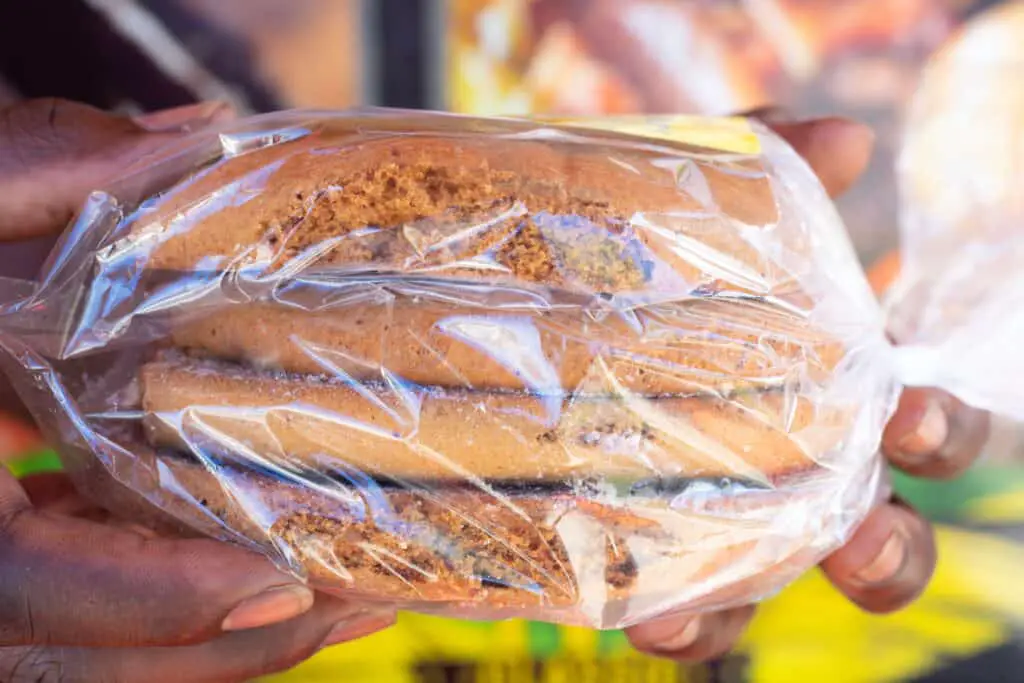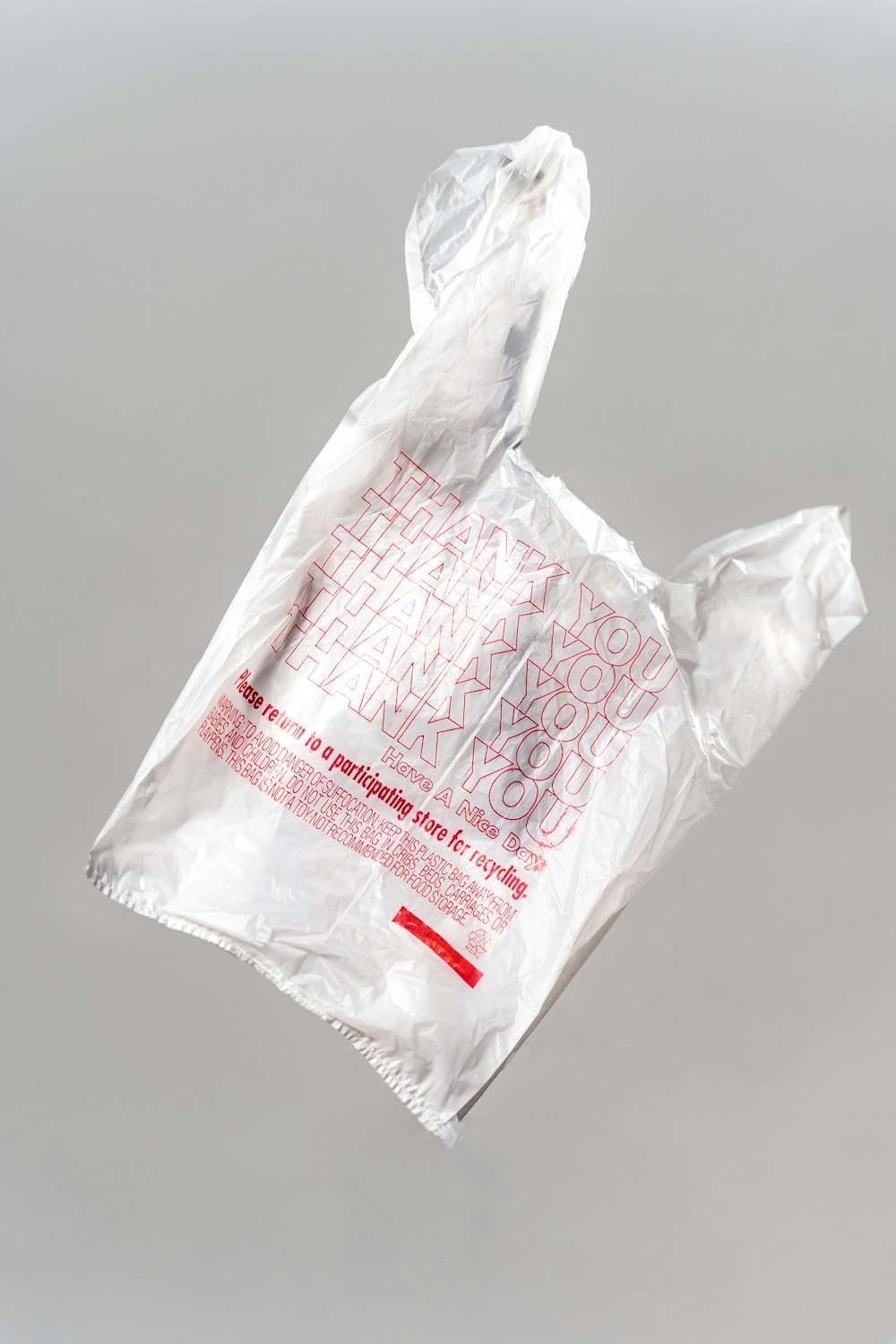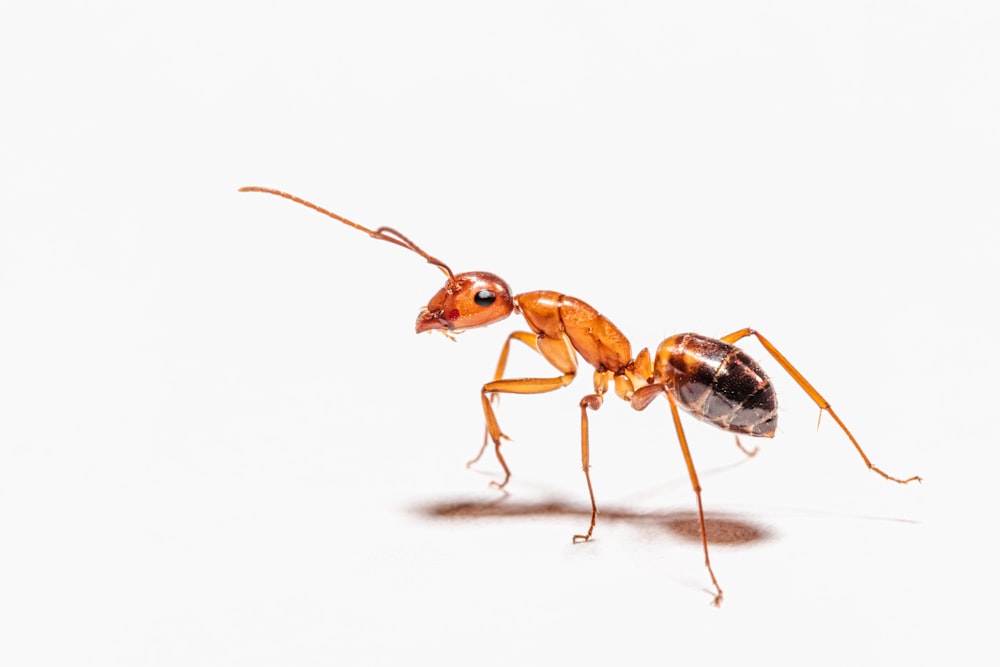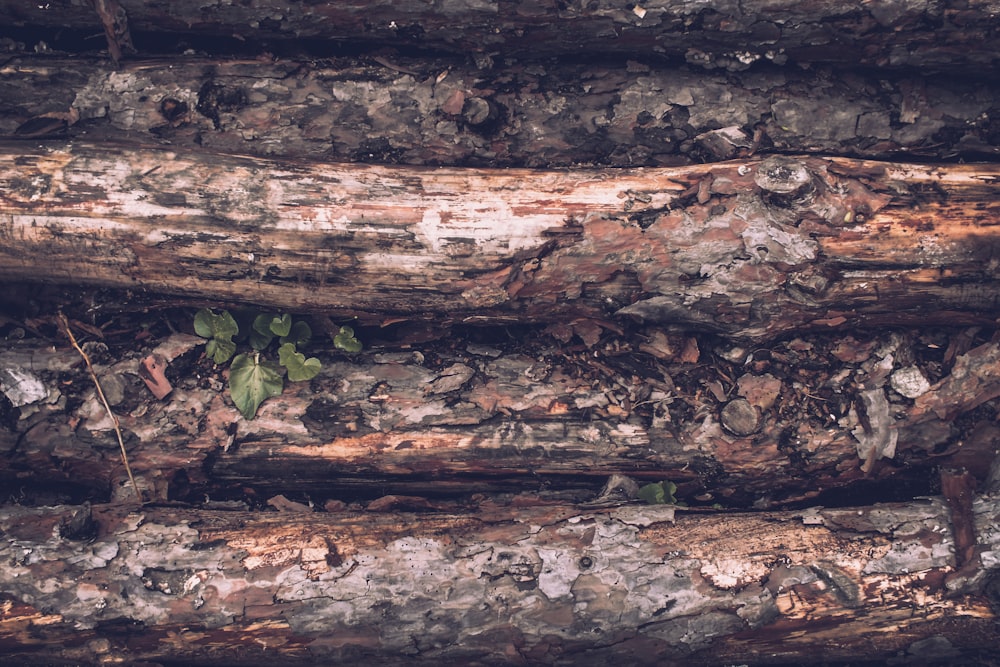Many ant enthusiasts are always wondering whether or not ants can chew through plastic.
Messing this up could put you in a situation where you cannot keep your ants in (ant keeping) or keep ants out (ant prevention).
Can Ants Chew Through Plastic?
Ants can chew through thin plastics like composites, biodegradable films, and acrylic sheets. However, unless there is food within the plastic wrapping, ants are not naturally inclined to eat through the plastic. Also, ants will destroy plastic borders if their expanding colony is trapped.
How Do Ants Chew Through the Plastics?
Ants chew through the plastic with their lower jaws, expelling a liquid from their mouth that hardens and serves as lubrication as they eat. (Read More on Plastic)
In doing so, the ant can pry open any food supply, including the crumbs within a plastic container.
Even inside freezers, most plastic containers in your home are not immune to ant infestation. — Especially if it’s a plastic bag of chips or biscuits.
When ants bite, does it hurt?
Not only do their mandibles sting, but a bite is strong enough to rip through plastic as well.
How Do Ants Smell Food?
Pheromones, sounds, and touch are all used by ants to communicate with one another.
Ants have a more advanced understanding of using pheromones as chemical communication than many other insect species.
Because ants sense odors using their antennae, much like other insects, they have a unique and remarkable sense of smell.
How Does An Ant’s Smell Work?
Sensilla initially detect the pheromone molecules, tiny hairs found on the antennae.
Sensilla are unique cells that, reacting to the pheromone seen by the sensilla, create odor-binding proteins. (Sensilla Paper)
These proteins pass into the nervous system through a pore on the sensilla.
However, merely gathering pheromones is insufficient to control an insect’s behavior.
The odor molecules that enter the nervous system then trigger a process that results in electrical energy nerve impulses, which move from the insect’s nervous system to its brain and activate the ant’s actions.
In conclusion, once an ant “smells” a pheromone, the ant’s brain prompts it to search for a partner, locate a food source, or go back to its nest, depending on the chemical signals that direct the ant’s activities.
These prompts are immediately acted out, and result in the tight unison that is seen in ant farms and ant colonies.
Why Do Ant Species Need a Good Sense of Smell?
According to a recent study, ants have an incredibly developed sense of smell that allows ant species to detect scents that influence their behavior and how they interact with one another.
A combination of molecules known as pheromones that are adhered to the exterior of each ant’s body gives each one of them a modest, individual scent.
Without speaking a word, the ants can maintain sophisticated social colonies with various roles for queens, workers, nurses, and soldiers, thanks to minute variations in each ant’s body odor that serve as behavioral clues.
Instead of noses, they have incredibly sensitive antennae that allow them to detect an intrusion from another colony.
Additionally, plants provide pheromone signals that influence the behavior of insects like ants.
Because pheromones surround an ant’s home, detecting and separating scent-filled settings needs a highly sophisticated and complicated odor detection system for ants to survive.
How Do Ants Find Food?
Well, ants are social insects, and their colonies are highly structured organizations, particularly regarding locating food sources.
They have a long history of finding, storing, and efficiently distributing food to their colonies.
Simply leaving food scraps or a sugary beverage on the floor may cause marching ants to enter your home.
But still, most of us don’t understand how ants find food, and here is the solution!
Ants have a caste structure in which each is responsible for a particular aspect of colony preservation.
In addition to looking after the queen and maintaining the nest, the worker ants, also known as scouts, are responsible for foraging for food to feed the colony.
Worker ants can travel far from the nest when the ant colony sends them out to forage for food.
They will depart from the area with a pheromone that will aid them in returning to the nest.
They will produce additional compounds to signal the remainder of the colony to find the food sources after a food source has been discovered.
The remaining ants then emerge and begin transporting food back to the nest via the pheromone trail.
Are Ants Capable of Smelling Food in Plastic Bags?
An Ant can sense food through plastic bags, although this is not frequent.
However, The meal will undoubtedly draw ants if it begins to decay within the plastic bag or plastic container.
To prevent an ant infestation, check your kitchen for any expired foods.
Therefore, the answer is yes: Ants will undoubtedly detect food odors through plastic bags or containers, alerting the entire colony.
Ants then go out on a quest to locate and attack that food supply.
(Unless you go airtight!)
[amazon box=”B00284AG5U”]
What are Carpenter Ants?
One of the largest ant species is the carpenter ant, individual ants within a colony can have a massive range in size.
Carpenter ants are usually between 6 and 12 mm long as adults.
The length of the males, or winged swarmers, may reach 18 mm, while the queens can reach 20 mm.
Up to 3,000 adult ants can often be found in a mature colony.
Some species, however, have been reported to have more than 100,000.
Because they are social insects, the colonies of these creatures include a queen as well as minor and primary workers.
Carpenter ants found their name because they dig wood to make their nests, creating smooth tunnels inside the wood.
Carpenter ants exclusively chew and burrow through wood to build nests; they do not consume wood.
When mature, the western black carpenter ant colony has between 10 and 20,000 workers, with big colonies having more than 50,000.
In most colonies, there is only one active, wingless queen.
Swarmers are not generated until the colony is over two years old, and they are created the year before and kept in the nest during winter in preparation for release the following year. (More on Swarmers)
In the country’s east, swarmers arrive from May through August, whereas in the west, they appear from February through June.
What do Carpenter Ants eat?
Like most people, you could think carpenter ants consume wood similarly to termites.
However, carpenter ants do not eat the wood that they invade.
They construct tunnels and passages inside this newly found wood to create nests.
They require these wooden nests for safety to generate additional carpenter ants in the colony.
When the carpenter ants breed, they then need more tunnels and passages.
Even though the carpenter ants do not eat the wood, they can cause extreme damage to wood structures.
What do carpenter ants consume, therefore, if not wood?
These giant ants consume sugar and protein-rich foods, and they consume both live and dead insects outside, as well as honeydew.
Carpenter ants will consume meats, pet food, syrup, honey, sugar, jelly, and other sweet foods while they are indoors.
Basically anything and everything is on the menu.
Can Carpenter Ants Eat Through Plastic?
Yes, carpenter ants do eat plastics!
Carpenter ants prefer to navigate through decaying wood, but they will consume plastic if it gets in their way.
They favor eating nearly everything that is prepared in the kitchen.
Carpenter ants will chew through the flimsy plastic to form tunnels.
Even if they have no significant issues, putting food in a bag, containers, and utensils close to an infestation of carpenter ants is dangerous.
These ants’ saw-like mandibles allow them to nibble away at your belongings.
What are Sugar Ants?
Sugar ants are a genre of ant, that you will probably see at your next picnic.
Sometimes, when people are referring to sugar ants, they are talking about a specific species of tiny black ants sometimes banded sugar ants.
These ants are unique to Australia and endemic to that continent.
Some ants like the pavement ant and the pharaoh ant, both typical household ants, should come to mind when we hear “sugar ants.”
Pharaoh ants are yellow or light brown, but pavement ants are black or reddish-brown with pale legs.
These little critters are drawn to sweets, sugary meals, and leftovers.
They also consume proteins, lipids, and pollen from plants and other insects.
When they locate a food source, they bring food back to their nest for the colony as a whole.
What Do Sugar Ants Eat?
To maintain the safety of their food source, sugar ants prefer the honeydew produced by aphids and guard them against other predators.
These pests also consume Nectar, Invertebrates that consume plants, such as caterpillars, little animals, sweet foods, and secretions from different plants.
Do Sugar Ants Eat Through Plastic?
Yes, sugar ants eat plastics!
When they find a consistent food supply inside a house, swarms of sugar ants are a nuisance even if they are not hazardous.
These pests may nibble through paper, cardboard, and thin plastic containers to feed on and contaminate their contents.
How to Get Rid of a Carpenter or Sugar Ant Infestation
It may be frustrating and upsetting for everyone to keep discovering ants in the house.
Unfortunately, an ant colony never sleeps and forages for food continuously so that it can survive and expand because the colony’s size affects its chances of surviving.
Once inside your home, ant colonies may be pretty challenging to manage due to their strong survival instincts.
This is why it’s crucial to take quick action when an infestation first appears.
Here are a few tips for your ant problems
How Can Ants Be Repelled From Plastic Containers?
Use airtight container
In sealed containers, the easiest method is to keep food in your cupboard or freezer.
These containers are resistant to ant gnawing because of their effective insulation and robust construction.
Apply vinegar
Ant invasion may be significantly reduced by cleaning the kitchen surfaces and cabinets with vinegar, which also works well as a disinfectant.
Spray an easy-to-make solution of white vinegar and water through the ant trails and on the areas where ants are a problem.
Before wiping the solution off with a cloth, allow it to dry for at least 15 minutes.
Baking soda in the vicinity of food containers
Although it creates a little mess in your kitchen, it is the ideal ant-proofing method.
It is a perfect solution for ant infestations close to food containers because it is neither harmful nor appealing to ants.
A form of silica known as “diatomaceous earth” is created from the fossilized remnants of aquatic animals called diatoms (a type of plankton).
[amazon box=”B07985NMQD”]
Use Diatomaceous Earth (Silicon Dioxide)
Diatomaceous earth is not a toxin.
It kills ants and other pests by absorbing the oils from their exoskeleton and drying them out.
Avoid inhaling it or touching your skin with diatomaceous earth, though, as it is slightly irritating. (See More Here)
Online stores sell diatomaceous earth suitable for use in food.
Sprinkle the powder anywhere you notice ants kill them.
[amazon box=”B072J8Z28F”]
Use Boiling Water
Even though anthills have a tiny appearance, they conceal enormous ant colonies.
Pour boiling water into any ant holes you see close to your house; this technique will efficiently and instantly kill many of the ants within.
The boiling water won’t wipe out the entire colony.
Because of this, treat any ant holes near your property.
Which of these have you tried?
Final Thoughts
Ants can chew plastic.
Even though it might be challenging to get rid of sugar ants or carpenter ants infestation, the natural techniques mentioned above can help you repel and eventually get rid of ants.
Commercial solutions are also available to assist in eradicating or deterring these pests.
Future infestations can be avoided by keeping your house clean and eliminating potential entry points and hiding spots for ants.
If everything else fails, qualified exterminators can take care of the ant problem in your house.
Other Common Ant Questions
When it comes to ants, there are millions of questions.
However, we have some posts that answer some of the most famous ant questions.
See those articles in this list here:










